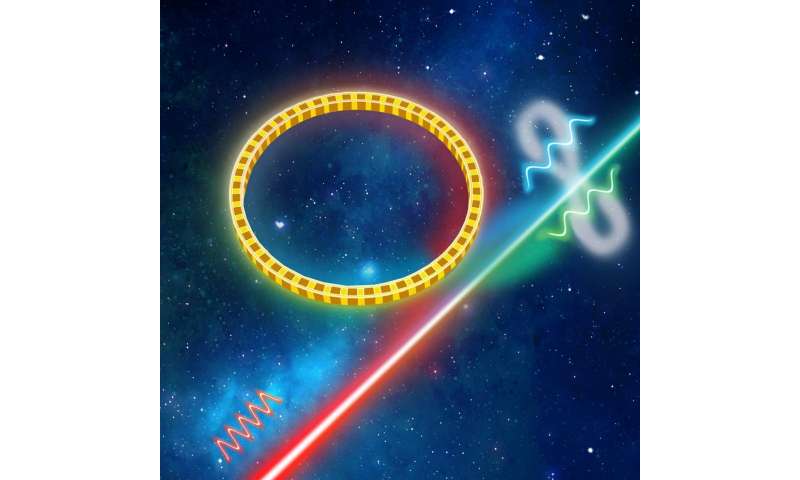Phys.org December 17, 2020
Current methods of creating entanglement are inefficient, requiring a torrent of incoming laser light comprising hundreds of millions of photons before a single entangled photon pair will grudgingly drip out at the other end. Based on their earlier research, researchers at the Stevens Institute of Technology carved extremely high-quality racetrack-shaped microcavities into flakes of lithium niobate crystal. The cavities internally reflect photons with very little loss of energy, enabling light to circulate longer and interact with greater efficiency. By fine-tuning additional factors such as temperature, the team was able to create an unprecedentedly bright source of entangled photon pairs. In practice, that allows photon pairs to be produced in far greater quantities for a given amount of incoming light, dramatically reducing the energy needed to power quantum components. They are working on ways to further refine their process to enable the system to turn a single incoming photon into an entangled pair of outgoing photons, with virtually no waste energy along the way…read more. Open Access TECHNICAL ARTICLE

…Stevens Institute of Technology demonstrated a quantum circuit that can readily be integrated with other optical components, paving the way for high-speed, reconfigurable, and multifaceted quantum devices. Credit: QuEST Lab, Stevens Institute of Technology